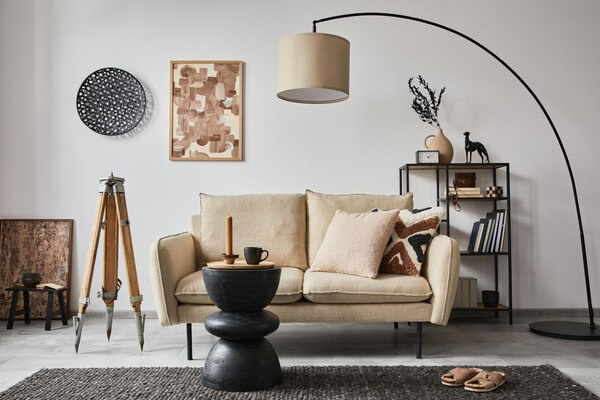The Art of Blending Modern and Classic Styles
Blending modern and classic styles in interior design can create a unique and timeless living space. This fusion combines the best elements of both worlds: the clean lines and functionality of contemporary design with the warmth and elegance of traditional decor. Successfully merging these styles requires a well-thought-out approach and a keen eye for detail.

Understanding the Basics
Modern design is characterized by simplicity, minimalism, and a focus on functionality. It often incorporates materials such as glass, metal, and neutral colors. On the other hand, classic style embraces intricate details, rich textures, and a palette that includes deeper, more saturated colors. The goal is to balance these contrasting elements to create a cohesive and harmonious space.
Finding Common Ground
The first step in blending modern and classic styles is identifying the common ground between the two. Elements like symmetry, balance, and proportion are crucial in both styles. For instance, a classic piece of furniture can be paired with modern lighting to create a balanced look. Similarly, a sleek, modern sofa can be complemented by traditional wall moldings or a vintage rug.
Playing with Color and Texture
Color and texture play a significant role in merging modern and classic styles. Neutral colors like white, black, gray, and beige provide a versatile backdrop that allows both styles to shine. Adding pops of color through accessories like throw pillows, artwork, and rugs can further tie the room together. When it comes to texture, mixing materials like leather, wood, metal, and fabric can add depth and interest. A contemporary glass coffee table can sit comfortably next to a plush, classic-style armchair.
Choosing the Right Furniture
Selecting the right furniture is crucial in achieving a balanced look. Invest in a few high-quality classic pieces that have timeless appeal, and mix them with modern furniture that features clean lines and minimal ornamentation. For example, a traditional wood dining table can look stunning when paired with contemporary chairs. The key is to ensure that the pieces complement rather than compete with each other.
Incorporating Art and Accessories
Art and accessories are powerful tools in blending modern and classic styles. Classic paintings or sculptures can be juxtaposed with abstract art to create visual interest. Accessories such as vases, clocks, and lamps should also be a mix of both styles. For instance, a modern metal lamp can sit on a classic wooden side table, or an ornate mirror can hang above a minimalist console.
Creating Focal Points
A well-designed space often includes a focal point that draws the eye and sets the tone for the room. In a blended style, this could be a statement piece that combines elements of both modern and classic design. A large, ornate chandelier in a modern, minimalist living room can serve as a stunning focal point. Alternatively, a sleek, modern fireplace surrounded by traditional millwork can create a striking balance.
Conclusion
Blending modern and classic styles in interior design requires a thoughtful approach, attention to detail, and a balance of contrasting elements. By focusing on common ground, playing with color and texture, choosing the right furniture, incorporating art and accessories, and creating focal points, you can achieve a harmonious and timeless space that reflects both modern functionality and classic elegance. This fusion not only enhances the aesthetic appeal of a room but also creates a more dynamic and interesting environment.